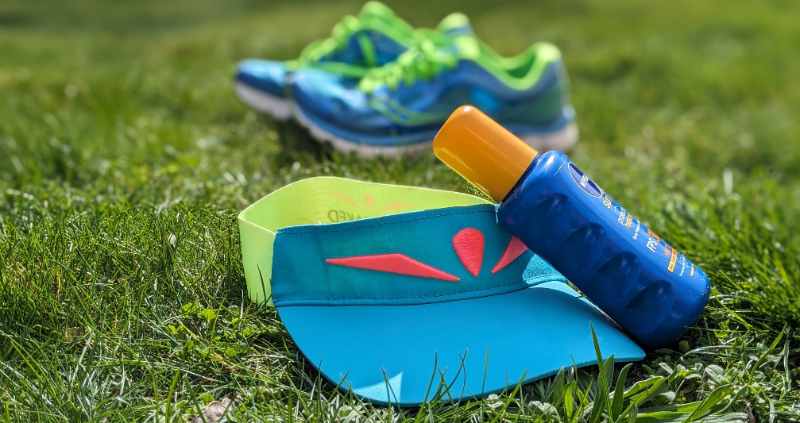Running in the Circus Maximus
by Paul Michelson
(Davis, California)
Running in the Circus Maximus
We came around a bend and there it was, in all its—well, slightly faded—glory: the Circus Maximus. It didn’t look like much now, but it was exactly what I needed.
I’d been looking for somewhere to run ever since we’d arrived in Italy three weeks earlier. There’d been runners all over the place, throughout southern Italy and Sicily, in small towns and cities. Oddly, though, they seemed to gravitate to the most improbable places—busy downtown streets or cobblestoned pedestrian walkways packed with people.
For me, places like that were out of the question. I had a newly installed titanium hip; a banged up shoulder; and a strained meniscus in my left knee. I needed a surface that was even—as in unlikely to trip me up—as well as soft and forgiving.
I hadn’t found anything like that. My wife Mardena and I had been staying in the historic cores of ancient towns all over Sicily and Italy. The well-worn walkways were usually limestone blocks or cobblestones, surfaces that were hard, obviously, but also uneven, slick, and tricky to walk, let alone run, on. During our three weeks of sightseeing, we’d both taken a spill.
Besides that, I didn’t really have the equipment. I thought we’d be walking all the time so I’d packed only sandals and a pair of lightly cushioned sneakers. I’d run in the sneakers in the past, but my joints had paid a price. But after a twelve-hour flight from San Francisco to Rome wedged into economy class followed by two days of slow-motion sightseeing, my nerve ends, used to a fat dose of daily exercise, were begging for an endorphin fix.
I had given in once. A week or so into our trip, I’d tried running along a scenic cobblestoned harbor in Trani, a pretty seaside town southeastern Italy. My bum shoulder had ached for the next two days.
By the time we’d got back to Rome two weeks later, I’d pretty much given up hope.
So when we rounded the Palatine Hill on that muggy June afternoon and saw the Circus Maximus sprawled out before us, it was almost like a light switched on. The enormous oblong track was scruffy—600 meters by 225 meters of dirt and gravel with patches of weedy grass—but it was deserted and looked mercifully soft. There were no gates or admission fees. You could just trundle down the twenty-foot embankment and start jogging.
It was only a ten-minute walk from our B & B in Trastevere, a leafy, formerly working-class neighborhood along the Tiber River that had become a popular tourist hangout.
As Mardena and I walked on past the field, I was struck again by its solitude. It had been the same years earlier when I’d visited. In a way it was puzzling. To me, at least in my imagination, the Circus was a colorful place, somewhere things had actually “happened,” wild things—chariot races, gladiatorial bouts—in a stadium that in ancient times accommodated 300,000 people. Architectural wonders like the Coliseum, the Baths of Caracalla, and Hadrium’s Tomb were obviously much more spectacular, but compared with the Circus Maximus they seemed like static monuments, dead history.
But that was me. For lots of tourists, the Circus probably wasn’t even a blip on the radar. My guidebook, for one, barely mentioned the place. And, really, what was there to see? If you walked past without knowing what you were looking at, you’d think it was just a big empty lot.
Personally, I liked the fact the Circus seemed so ordinary—no tickets, no fences, something anyone could use. Being able to stroll in and jog away on a field where ancient Romans had—well, broadly speaking anyway—done the same thing, put the Circus in a class of its own.
“I’m running here tomorrow,” I said to Mardena.
The next morning, our next to last in Italy, we got up at six, checked in for our flight back to the U.S., and headed over to the Circus before the heat kicked in.
There was traffic on the streets already but no one at the Circus. Mardena sat on the embankment with a book, and I started running. I planned to keep to about forty easy-going minutes in deference to my injuries. Before long, another runner appeared. We waved as we passed going in opposite directions.
By the time I was half done, two or three dog walkers had materialized, easy to avoid in the vast expanse of the field. As I was finishing, eight guys showed up and started setting up bleachers at one end. I’d read that the Circus was used mostly for concerts and rallies nowadays.
I killed some time jogging up and down some steps on the embankment while Mardena finished a chapter. It was all pretty low key, but that was the point—no pedestrians to dodge, no traffic to contend with, safe and free of stress.
My nerve ends felt buffed and burnished for only the second time in Italy, and thanks to the soft surface, my shoulder didn’t hurt the next day.
There are, of course, other traffic-free places to run in Rome—the Villa Borghese Gardens, the walkway along the Tiber, to name a couple. I’d run there in the past myself. But I don’t know of anywhere else you can run, or walk for that matter, with the aura of ancient athletic glory in the air. It makes a run, a jog, even a stroll at the Circus Maximus something to remember.
Comments for Running in the Circus Maximus
|
||
|
||
